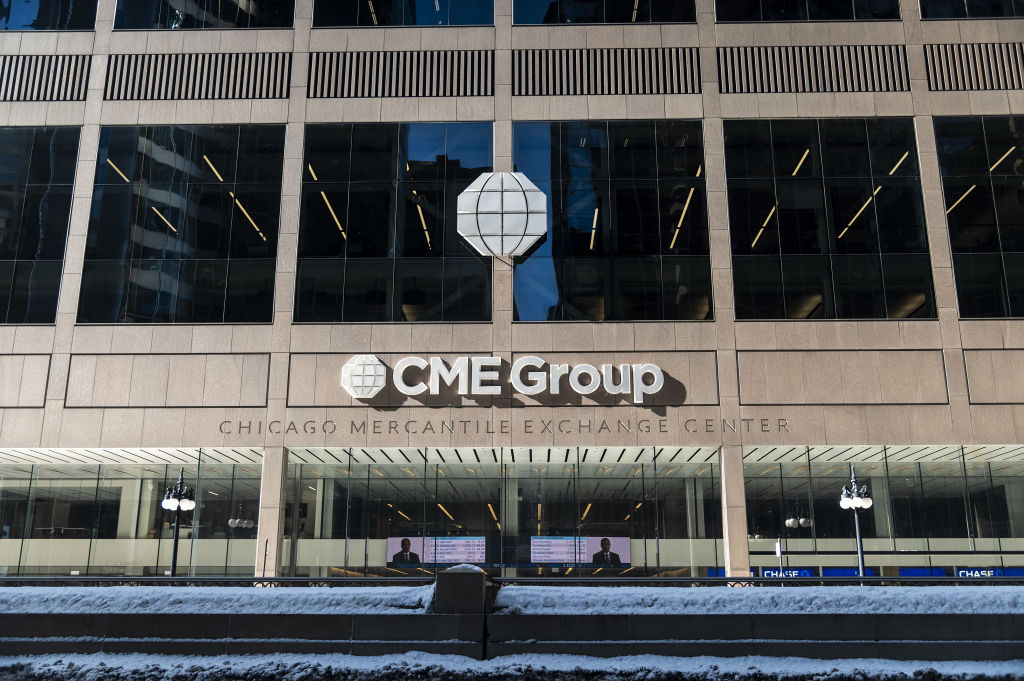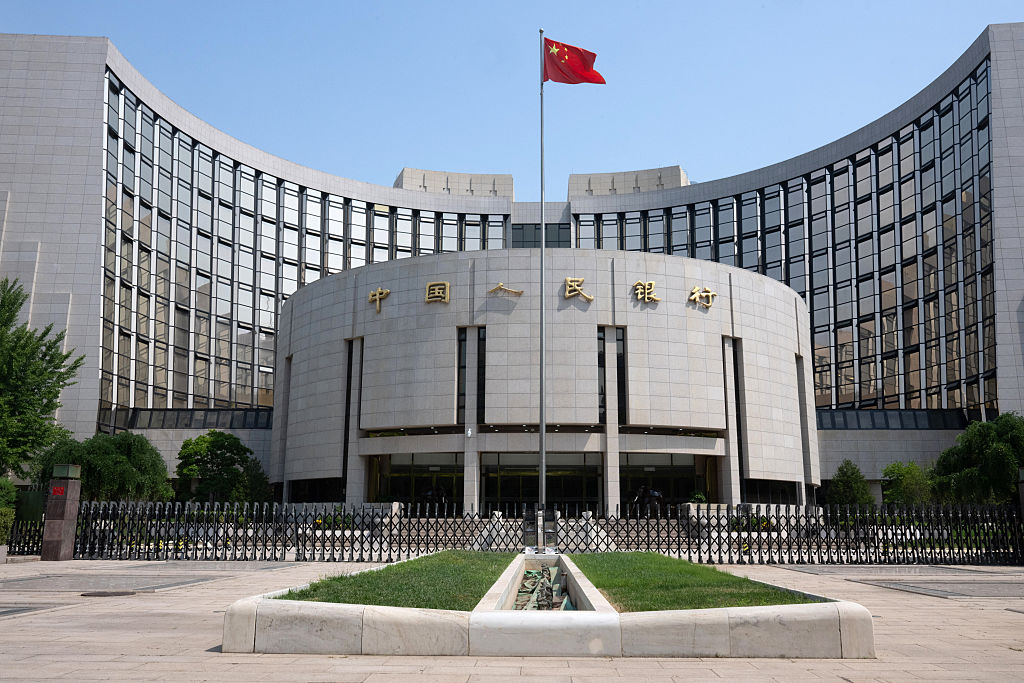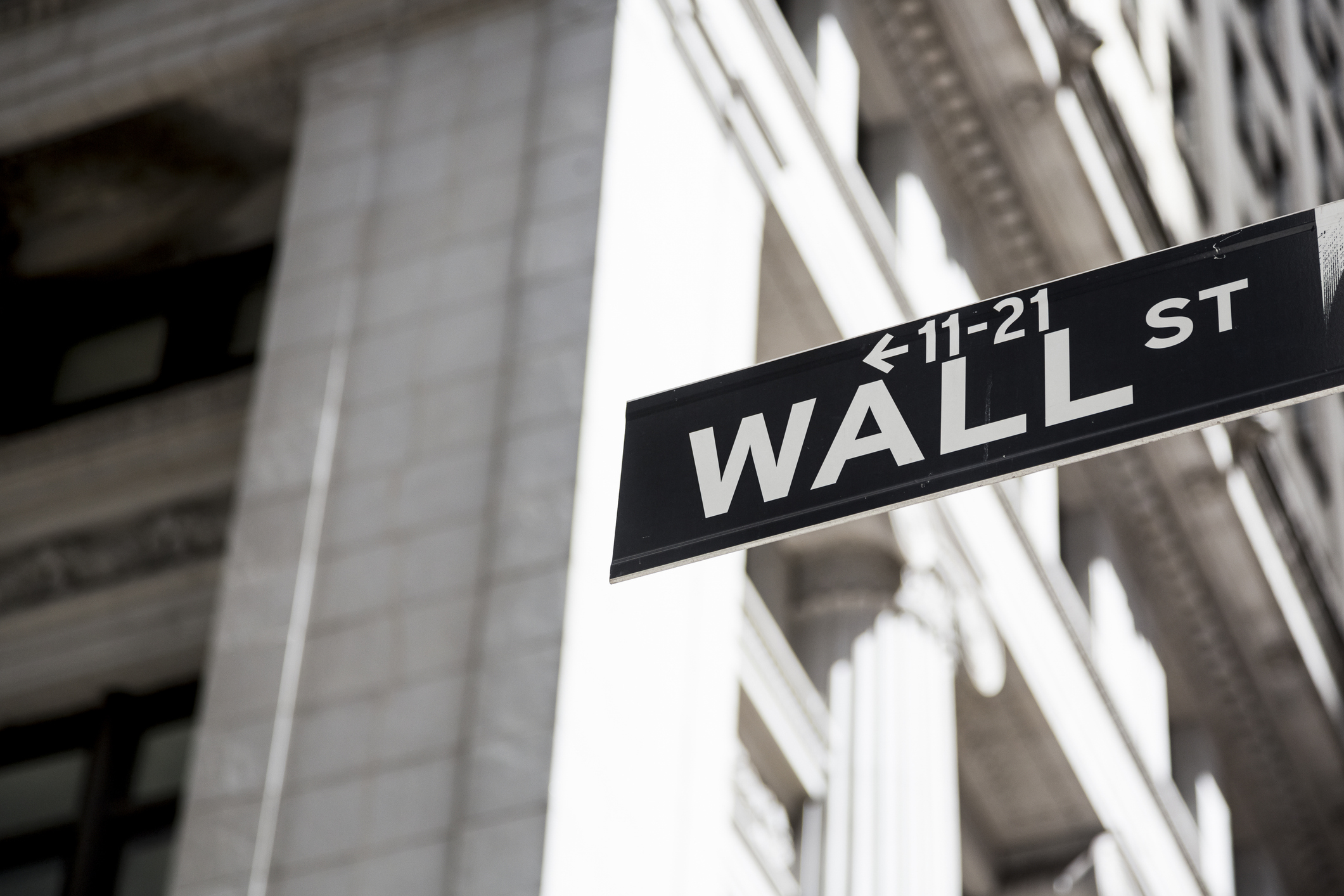Trading: stash the family cash in this cheap wealth management firm
Wealth management is a growth market. Rathbone Brothers should be a prime beneficiary – and looks cheap. Matthew Partridge explains the best way to play it.


The wealth-management industry tends to keep a low profile. So many investors may not have noticed that while several parts of the financial sector have been under pressure from competition and digitalisation, the subsector that helps people preserve and grow their fortune has managed to keep growing at a strong rate.
A report by investment bank Morgan Stanley and management consultant Oliver Wyman predicts that the industry could manage $104trn of assets globally by 2024, up from $79trn in 2019. Soaring asset prices mean that there is more wealth to preserve, while an ageing population (as well as the gradual demise of final-salary pensions) produces more people in need of financial advice.
One wealth-management company that looks particularly attractive is Rathbone Brothers (LSE: RAT). It specialises in providing bespoke investment-management advice to individuals and charities; it also runs some of its own funds through its Rathbone Unit Trust Management subsidiary.
MoneyWeek
Subscribe to MoneyWeek today and get your first six magazine issues absolutely FREE

Sign up to Money Morning
Don't miss the latest investment and personal finances news, market analysis, plus money-saving tips with our free twice-daily newsletter
Don't miss the latest investment and personal finances news, market analysis, plus money-saving tips with our free twice-daily newsletter
The group’s other services include financial planning for those with more modest portfolios, and banking and loans for its wealth management clients. A few months ago Rathbone took over Saunderson House, which has a good reputation for providing specialised financial advice to law and accountancy firms.
Fending off rivals
There is always the threat that a low-cost provider, such as index-fund pioneer Vanguard, could disrupt the wealth-management sector by driving down fees and stealing market share. Indeed, in April, Vanguard launched its own bargain-basement financial-advice service. However, the type of specialised advice that Rathbone provides makes it much less vulnerable to such competition. Rathbone has also earned itself a strong reputation in environmental, social and governance (ESG) investing. With people increasingly interested in the environmental impact of their investments, this is another growth area – and a way for wealth managers to justify their fees.
Rathbone has had a strong track record over the past five years. Sales grew from £239m in 2015 to £397m in 2020 – which reflects an average growth rate of just under 11% a year. This is expected to continue over the next few years. It also has a healthy operating margin of around 15%, which allowed dividends to rise from 55p in 2015 to 70p last year. Despite this impressive performance, the stock trades at a relatively modest valuation of around 12 times 2022 earnings. It also offers a generous dividend yield of 4.2%.
While Rathbone shares haven’t quite returned to their March 2020 level, they are above their 50-day and 200-day moving averages, and only 5% down from their 52-week high a few weeks ago, suggesting that market sentiment is positive. I therefore suggest going long immediately at the current price of 1,966p at £2 per 1p. Put a stop-loss at 1,467p, giving you a potential downside of £998.
Get the latest financial news, insights and expert analysis from our award-winning MoneyWeek team, to help you understand what really matters when it comes to your finances.

-
 Should you invest in biotech?
Should you invest in biotech?Healthcare and biotech stocks offer tempting valuations following years in the doldrums
-
 How to limit how much of your Christmas bonus goes to the taxman
How to limit how much of your Christmas bonus goes to the taxmanIt's Christmas bonus season but the boosted pay packet may mean much of your hard-earned reward ends up with HMRC instead of in your pocket
-
 Coreweave is on borrowed time
Coreweave is on borrowed timeAI infrastructure firm Coreweave is heading for trouble and is absurdly pricey, says Matthew Partridge
-
 Circle sets a new gold standard for cryptocurrencies
Circle sets a new gold standard for cryptocurrenciesCryptocurrencies have existed in a kind of financial Wild West. No longer – they are entering the mainstream, and US-listed Circle is ideally placed to benefit
-
 Profit from other investors’ trades with CME Group
Profit from other investors’ trades with CME GroupCME Group is one of the world’s largest exchanges, which gives it a significant competitive advantage
-
 Investors need to get ready for an age of uncertainty and upheaval
Investors need to get ready for an age of uncertainty and upheavalTectonic geopolitical and economic shifts are underway. Investors need to consider a range of tools when positioning portfolios to accommodate these changes
-
 How much gold does China have – and how to cash in
How much gold does China have – and how to cash inChina's gold reserves are vastly understated, says Dominic Frisby. So hold gold, overbought or not
-
 Debasing Wall Street's new debasement trade idea
Debasing Wall Street's new debasement trade ideaThe debasement trade is a catchy and plausible idea, but there’s no sign that markets are alarmed, says Cris Sholto Heaton
-
 Who is Rob Granieri, the mysterious billionaire leader of Jane Street?
Who is Rob Granieri, the mysterious billionaire leader of Jane Street?Profits at Jane Street have exploded, throwing billionaire Rob Granieri into the limelight. But it’s not just the firm’s success that is prompting scrutiny
-
 Beware the bubble in bitcoin treasury companies
Beware the bubble in bitcoin treasury companiesBitcoin treasury companies are no longer coining it. Short this one, says Matthew Partridge